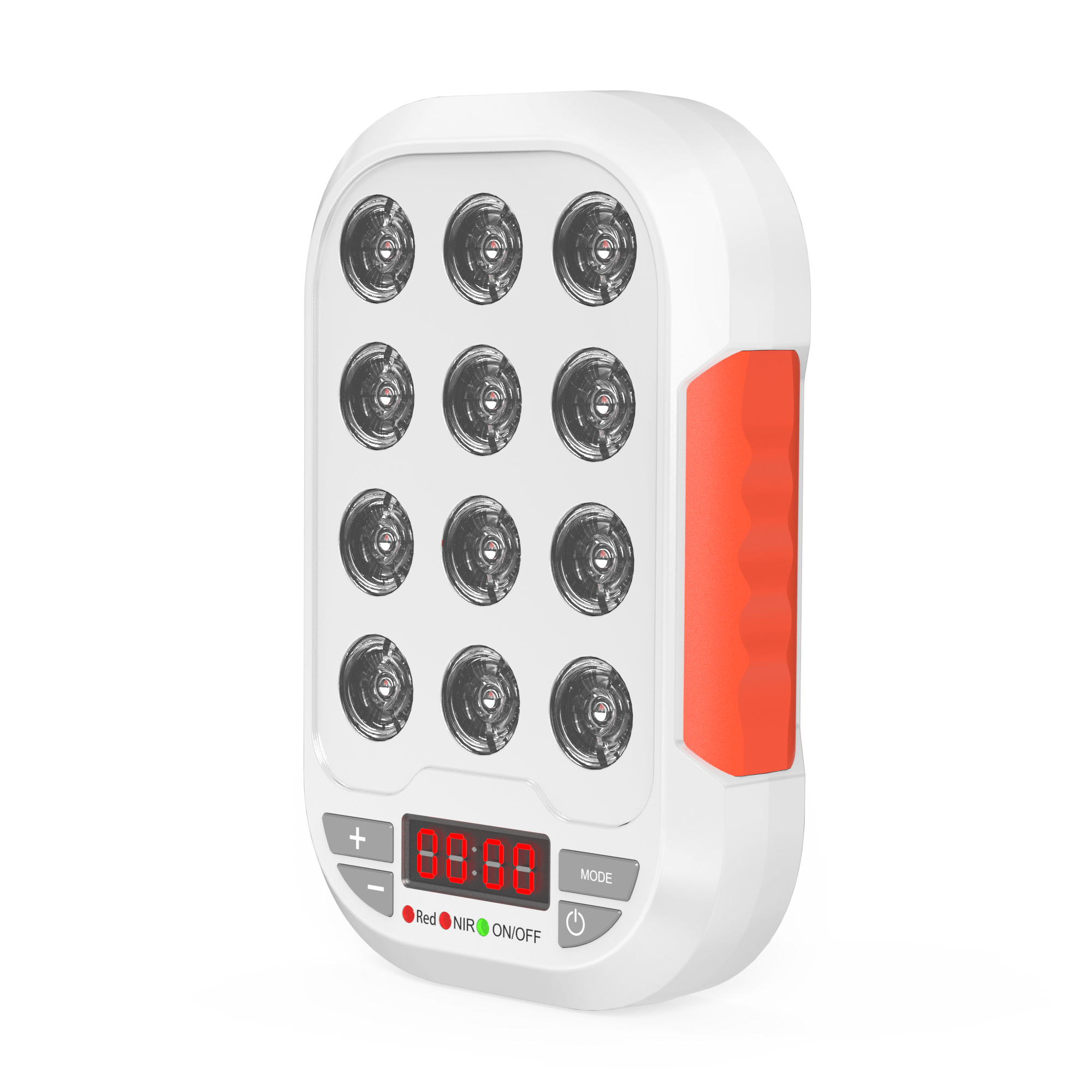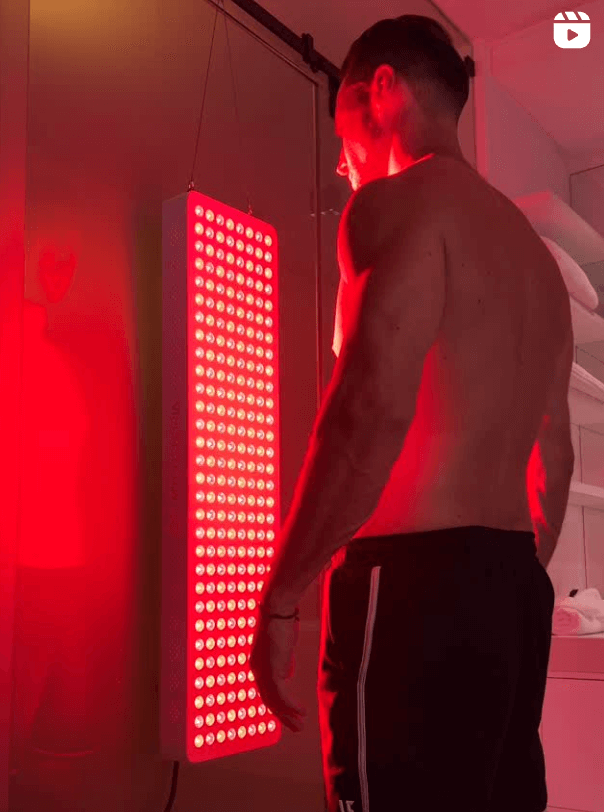Cortisol, often referred to as the "stress hormone," plays a crucial role in our body's response to stress. While it is essential for various bodily functions, an imbalance in cortisol levels can lead to numerous health issues.
This blog explores the functions of cortisol, the consequences of its imbalance, and how red light therapy can be an effective tool in regulating cortisol levels.
What is Cortisol?

Cortisol is a steroid hormone produced by the adrenal glands, located on top of the kidneys. It is released in response to stress and low blood-glucose concentration. Cortisol has several vital functions, including:
• Regulating Metabolism: It helps control how the body uses fats, proteins, and carbohydrates.
• Reducing Inflammation: Cortisol has potent anti-inflammatory effects.
• Controlling the Sleep-Wake Cycle: It helps manage the body's circadian rhythm.
• Blood Sugar: stimulating gluconeogenesis, increasing blood sugar levels & providing energy to the body.
• Managing Stress: Cortisol helps the body respond to stressful situations by increasing energy availability and modulating immune responses.
Effects of Cortisol Imbalance
While cortisol is necessary for health, too much or too little can cause problems:
• High Cortisol Levels: Chronic stress can lead to consistently high cortisol levels, contributing to weight gain, high blood pressure, diabetes, fatigue, and weakened immune function.
• Low Cortisol Levels: Insufficient cortisol can result in conditions like Addison's disease, characterized by weight loss, muscle weakness, fatigue, and low blood pressure.
Maintaining balanced cortisol levels is crucial for overall well-being.
How Red Light Therapy Can Help Balance Cortisol

Maintaining balanced cortisol levels is crucial for overall well-being. Red light therapy is a non-invasive treatment has been shown to have several health benefits, including the potential to help regulate cortisol levels.
Mechanisms of Action
• Reducing Stress and Anxiety: Red light therapy can help reduce stress and anxiety, which are primary drivers of high cortisol levels. By promoting relaxation and improving mood, red light therapy can indirectly contribute to lowering cortisol. It has also been clinically proven to assist with Seasonal Affective Disorders.
• Improving Sleep Quality: Adequate sleep is essential for maintaining healthy cortisol levels. Red light therapy has been found to improve sleep quality by regulating the production of melatonin, the sleep hormone and regulating the circadian rhythm.
• Anti-Inflammatory Effects: Red light therapy has potent, clincally proven, anti-inflammatory effects, which can reduce the physiological stress on the body. Lower inflammation can lead to a reduction in cortisol production as the body experiences less stress.
• Enhancing Cellular Energy Production: Red light therapy stimulates the mitochondria in cells to produce more ATP, the energy currency of the cell. Enhanced cellular energy can improve overall bodily functions, including better regulation of hormone production like cortisol.
What we recommend:
Consistency is crucial to receiving the best results.
Three to five 15- or 20-minute sessions per week for several months, along with a healthy and balanced lifestyle can deliver amazing health benefits.
Are you curious which Mychondria device is perfect for your needs? Click here to take our 1-minute quiz to find out!




























